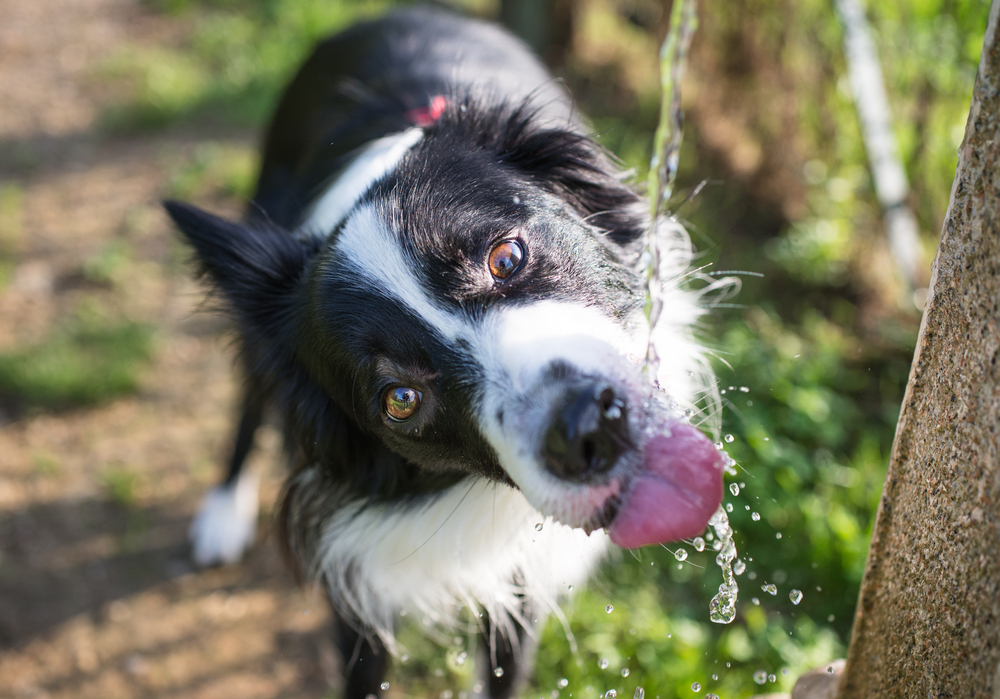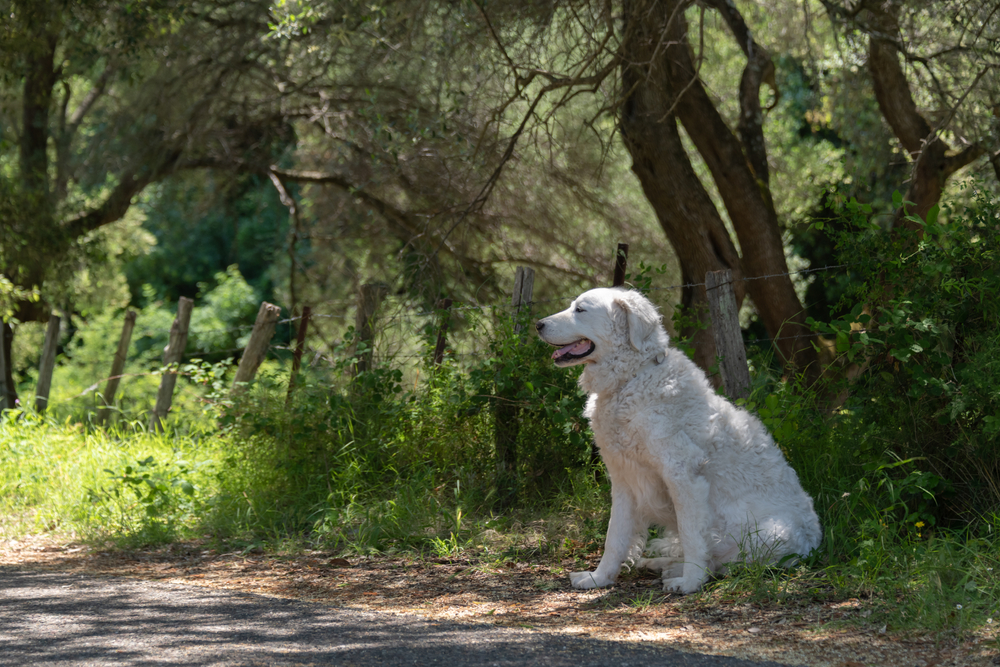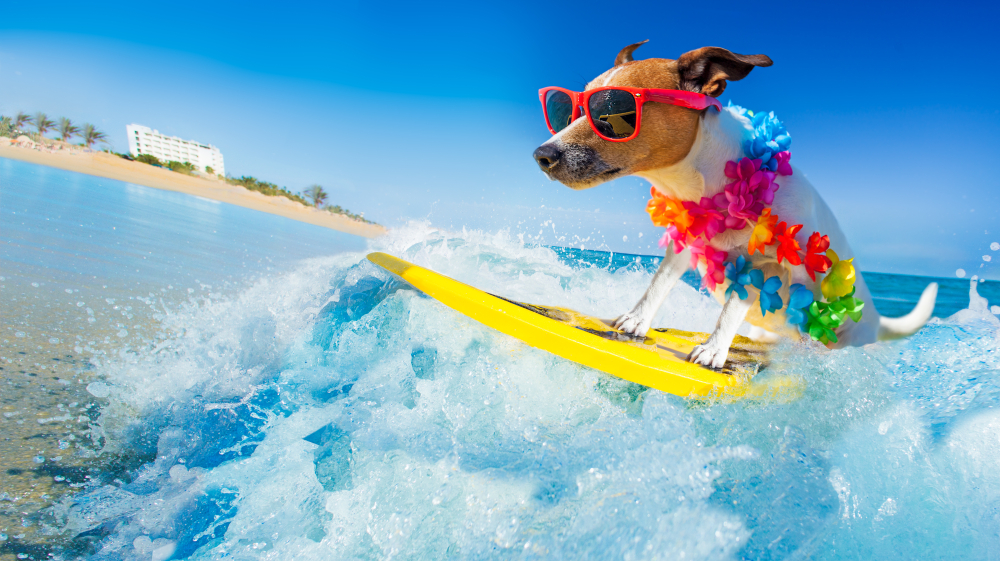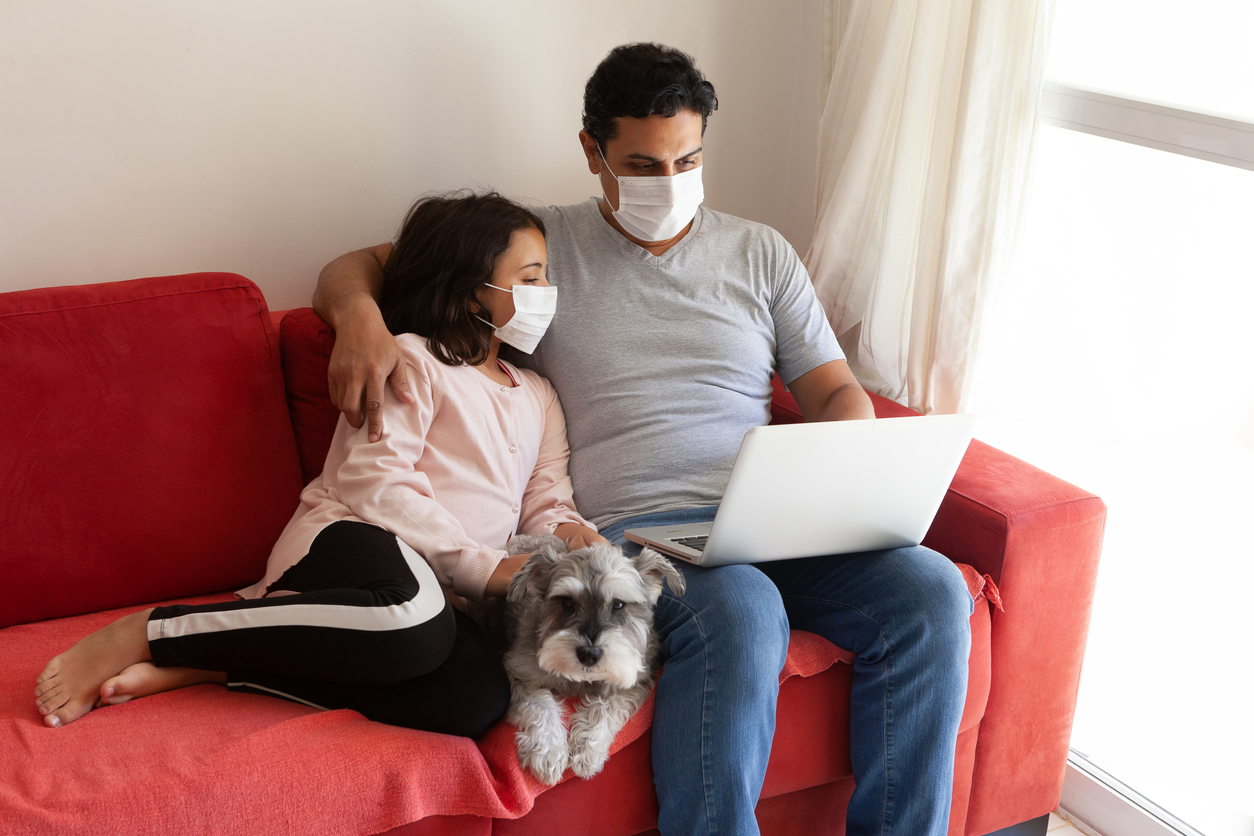The urge to drink is so innate and natural that we don’t even think about it! Without us even knowing, our bodies are constantly checking, regulating, measuring, adjusting, secreting, and maintaining themselves at a very precise hydration level to maximize the function of our internal organs. These intricate processes adapt to our different levels of activity, climate, and body temperature to keep us healthy–and the same internal mechanisms are present in your dog!
Although dogs and humans do have many differences, their instinct to drink and the processes that regulate the fluids in their bodies are very similar to our own. Water is the most abundant molecule in the body, constituting about 70% of a mammal’s body weight. And boy, is water important! From maintaining the dog’s body temperature and blood volume to facilitating the delivery of oxygen to organs, removing toxins, transporting hormones, vitamins, and minerals around the body, lubricating joints, supporting digestion, and driving all cellular functions, water is essential for your dog’s health.
How Does A Dog Know to Take A Drink?
Due to the precise needs of each cell in your dog’s body, his fluid levels and electrolyte composition are maintained within a very narrow range. This occurs without your dog even being aware of these complex, instantaneous internal adjustments. Recognizing the sensation of thirst in order to replenish fluid loss is a crucial instinct for animals to stay alive. Dehydration in dogs will set in after only a couple days without water before vital organ functions are disrupted from the imbalances that occur.
When specialized cells in the brain or kidneys sense that a fluid or electrolyte imbalance is present, these organs swing into action. Hormones are released, flowing through the bloodstream to receptors on specialized cells that ultimately will adjust the volume of urine the animal is producing, increase their blood volume, and maintain their blood pressure. The thirst center in the brain also sends a loud and clear signal to the animal to DRINK to replenish the fluid volume. The brain, kidneys, and adrenal glands are the key players that communicate with each other to ensure that the body’s fluid balance is optimal for all organs to carry out their functions, each vital to health and survival.
How Much Water Should A Dog Drink Daily?
The average dog having an average day needs about ½ – 1 ounce of water per pound of body weight daily to maintain their hydration at a healthy level. An even more simplified way to think about it: dogs need to drink about 1 cup of water per 10 pounds of body weight per day (give or take a little bit!).
Do you need to measure your dog’s daily water intake on a regular basis? Not necessarily! As long as your pup is acting healthy, energetic, eating normally, pooping regularly, and most importantly, urinating several times throughout the day, they are likely keeping themselves sufficiently hydrated, just as nature intended. Offering a clean source of water (tap is fine, as long as it is clean!), in a clean bowl (washed with soap daily!), located in an area that they have free and comfortable access to 24/7 will ensure that your dog will happily maintain their hydration level appropriately.
Veterinarians do not recommend restricting water intake in any circumstance, and changes or difficulties with water intake, urination, vomiting, or diarrhea should be evaluated by a veterinarian immediately.
Why Would A Dog Be Drinking MORE Water?
Normal Situations Causing Increased Thirst
There are normal situations where drinking more water is to be expected from your dog. For example, after an extended play session with your pup, it’s natural for him to fill up on water once he’s ready for a break. Similarly, when temperatures outside are warmer, your dog will be panting more in order to keep his cool. This increased panting leads to water loss through evaporation from your dog’s tongue, and requires more water to replace it! If your pup prefers to eat dry kibble meals to the canned or moist varieties, they must get water from another source–namely, their water bowl.
If you have a dog who is pregnant or nursing, she may experience excessive thirst and drink more water than usual –after all, she has to drink for two (or four…or nine…or twelve!!). Once they’re born, growing puppies also tend to drink more water than adult dogs. As a pet parent, just be sure that your dogs have access to a clean source of drinking water at all times and monitor their overall attitude and behavior for changes at all ages.
AskVet Tip: How do you know if a dog is drinking more or less water? Measure their daily intake over a 24-hour period! With a clean bowl, fill with a specific measured volume of water, and keep track of how much is added to that bowl during the day (eliminate any alternate sources of water, toilets included), and subtract the remainder at the end of the measurement period. Report the total volume consumed over a 24-hour period to your veterinarian. Observations of the frequency of urine breaks can be helpful too! This does require that the pet in question be separated from all other pets and monitored for that period to achieve accurate numbers.
Medical Causes of Increased Thirst
Now that we’ve discussed normal and healthy reasons for dogs to drink more water, let’s move on to when drinking more water is the sign of a medical issue. Sometimes when a dog is drinking more water than they normally do, the more obvious change and the first thing the pet owner actually notices is that their dog is urinating more than usual … If you see changes in urination happening, turn your attention to the water bowl too, and you may find yourself filling it more often due to increased consumption (resulting in that increased urination!)!
From the previous discussion, you already know about the tightly regulated system that animal bodies rely upon in order to maintain fluid volume and blood pressure. You can imagine that if just one of these pieces of the puzzle falters, the whole organized system might fail too! Here is a brief list of medical conditions that can cause the excessive thirst and urination that you might be seeing.
Common Medical Causes of Increased Thirst:
–Dehydration – Often due to vomiting and diarrhea
-Bladder Disease – Infections, stones, cancer
–Acute and Chronic Kidney disease – Due to toxins, infections, cancer, dehydration, inflammation, age
-Hormonal Diseases- Hypoadrenocorticism, Diabetes Mellitus, Hyperthyroidism
-Fever/Infection – Often due to pyometra (uterine infection)
-Medication Side Effects – Prednisone, diuretics like furosemide (“Lasix”), and anticonvulsant seizure medications like phenobarbital
-Problems with the brain (uncommon) – Diabetes insipidus, psychogenic water drinking, brain or pituitary tumors, brain damage, etc.
Why Would A Dog Be Drinking LESS Water?
There are some easy explanations for when dogs drink less water from the bowl, so run through these possible causes before automatically assuming the worst! An otherwise happy and energetic pup who is drinking less but urinating normally might be eating a canned or home-cooked diet that contains more moisture than dry kibble. Naturally, this will cause a dog to feel less thirsty since they’re getting so much water supplied through their food.
Check your dog’s water bowl and make sure it is clean! Dogs like nice fresh and cool drinking water, just like us. Dogs who are accustomed to a specific water source that is changed to another may find the taste unappetizing at first. If you’ve moved to a new neighborhood recently, the mineral content in your water supply may have changed, affecting the way it tastes to your dog. Bottled or filtered water is not necessary for dogs unless the tap water source is not clean or if your dog refuses to drink the tap water.
It may sound silly, but sometimes the dog’s water bowl itself matters, too! Occasionally, the location of the bowl or the sound that your dog’s collar makes clinking on the rim of the bowl deters them from sipping. You can do a trial of bowl locations and materials to identify your dog’s personal preference. Also, be on the lookout for alternative water sources your dog may be utilizing to hydrate instead of their bowl (outside, hoses, puddles, and even toilets!).
If you have multiple dogs, sometimes one may be a victim of a housemate who engages in “resource guarding” by preventing another dog from getting to the bowl as often as desired. If your dog seems to be healthy otherwise, but you would like them to expand their time at the water bowl, experiment with different bowls, multiple locations, and be sure the water source is clean too.
Some medical conditions can also cause a dog to drink less water, and as a result, become dehydrated and urinate less too. Typically, these dogs are not feeling good or showing other signs of illness as well. If your dog is sick, experiencing nausea and vomiting, or having some gastrointestinal difficulties, the pain that they are feeling may deter them from wanting to put anything in their stomach–water included.
Nausea from kidney disease, pancreatitis, gastrointestinal inflammation, and bacterial and viral infections can ALL cause your dog to drink less water. Pain from an oral issue, tooth pain, or dental disease can also cause dogs to not want to drink due to tooth sensitivity. And much less commonly but worth mentioning, brain diseases and rabies will also cause a dog to drink less, too (along with other notable symptoms of course).
If Your Dog Needs to See the Veterinarian…
If you are worried that your dog is drinking more water than usual without an obvious cause, or if your dog is vomiting and acting sick, he should be evaluated in person by a veterinarian. A physical examination can provide clues as to why your dog’s drinking habits have changed. In some cases, a visit to the emergency room may be in order. Having a pet savings account to help cover costs in these scenarios can allow you to feel confident in seeking medical treatment.
Because there are so many possible causes of changes in your dog’s drinking habits, your veterinarian is likely to recommend some basic screening tests to find out why your dog is sick.
These tests typically include blood and urine testing, as well as radiographs (x-rays) to look for bladder stones and changes in the size of internal organs. Your family veterinarian can investigate the cause of these symptoms and most importantly, start appropriate treatment as soon as possible to get your favorite pooch back to his normal self.
Monitoring and Maintaining Good Hydration
Keeping that water bowl clean and a fresh water source available all day every day is vital for the health of dogs. Having a general idea of your dog’s average water consumption and urination habits will help you gauge those times when he might be a little off, and help with the early detection of medical conditions should your dog start to behave abnormally. Water habits and hydration levels give veterinarians big clues as to where to look for the root cause of any health issues, as well as how to guide treatments. Identifying and treating medical problems before they have a chance to cause permanent damage can be lifesaving!
Our AskVet Veterinarians are available to discuss all of your pet’s needs 24 hours a day, 7 days a week. Whether you have an immediate need, such as tips on dehydration or heat stroke in dogs, or are looking to improve your pet’s overall wellbeing, just sign into your account and one of our friendly and knowledgeable veterinary experts will attend to your needs, no appointment required! We can point you in the direction of dehydration or dog heat stroke treatment.
Written by:
Alexa Waltz, DVM
Dr. Waltz was raised near the beaches of Southern California but has spent her adult life living all over the beautiful United States while serving in the military and as a military spouse. She left California for the first time to pursue a career as a veterinarian at Louisiana State University School of Veterinary Medicine and graduated as a Doctor of Veterinary Medicine in 2006. She was accepted into the US Army Health Professionals Scholarship Program during vet school and upon graduation spent her military years as a veterinarian in San Diego working for the US Marine Corps and US Navy Military Working Dog programs as well as caring for pets of service members. After her military service, she became a civilian veterinarian and continued as a small animal general practitioner at clinics in California, Rhode Island, Colorado, and Maryland. Dr Waltz loves to see her “in person” patients just as much as communicating with and assisting pet parents virtually on AskVet. Dr Waltz is also a Mom to 3 humans, 2 guinea pigs, and 1 Australian Shepherd and in her spare time she loves traveling, adventures, exercising, and doing just about anything out in nature!







